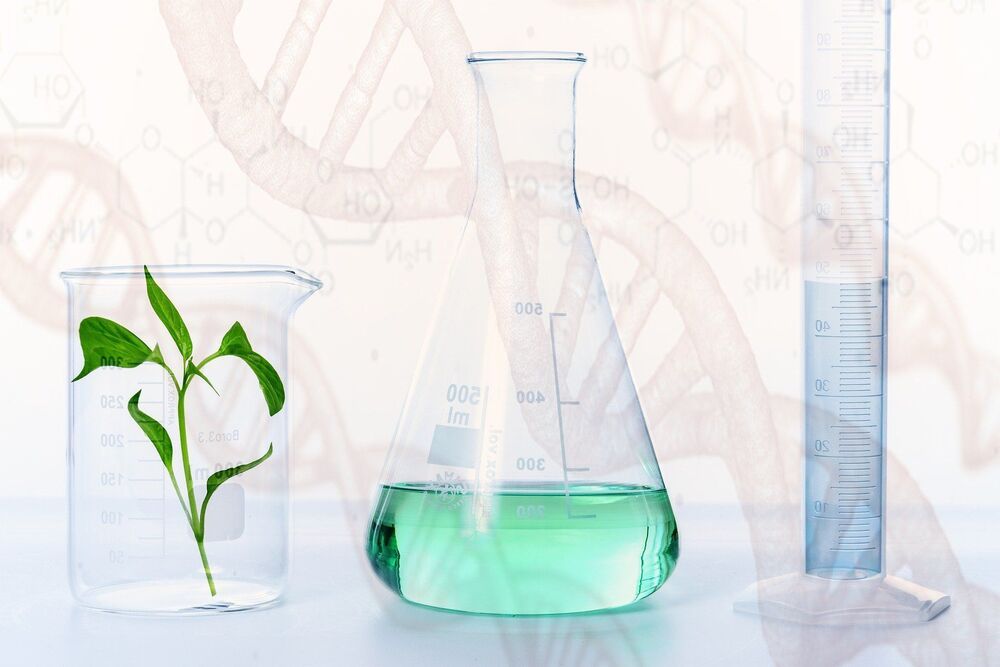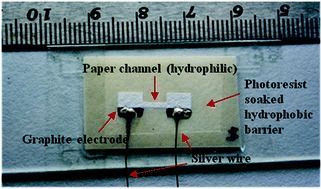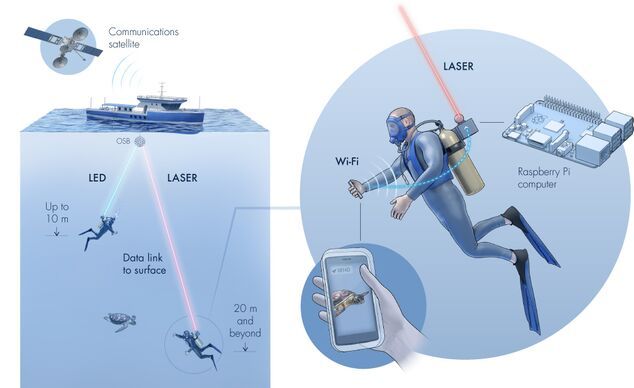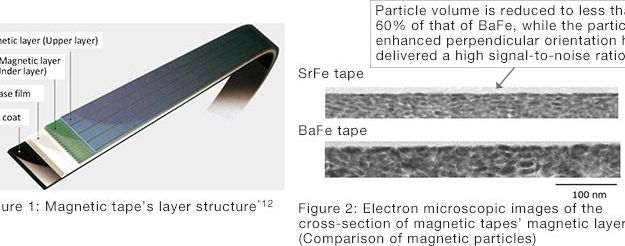Dec 27, 2020
Hydrogen production with artificial photosynthesis and polymers
Posted by Quinn Sena in categories: chemistry, life extension, solar power, sustainability
German scientists are researching a method to produce hydrogen using light and photoactive compounds on an organic chemical basis.
Hydrogen is considered to be one of the alternative energy sources of the future. So far, however, the costly and energy-intensive production process has been a major problem with regard to the environmental friendliness of this substance, which is in itself CO2 neutral. For this reason, increasing numbers of scientists around the world are researching other methods of producing hydrogen: from algae, for example. (IO reported). Scientists in Germany at the Friedrich Schiller University, the Leibniz Institute for Photonic Technologies (Leibniz IPHT) and the University of Ulm have taken inspiration from nature for their method of producing hydrogen.
To do so, the team from the “CataLight” Collaborative Research Center at the Universities of Jena and Ulm has combined new organic dyes with non-precious metal catalyst molecules that release gaseous hydrogen in water when irradiated with light. This substitute has shown a remarkable impact in terms of longevity and effect after excitation by visible light, they write in their study, published in Chemistry – A European Journal.
Continue reading “Hydrogen production with artificial photosynthesis and polymers” »


















